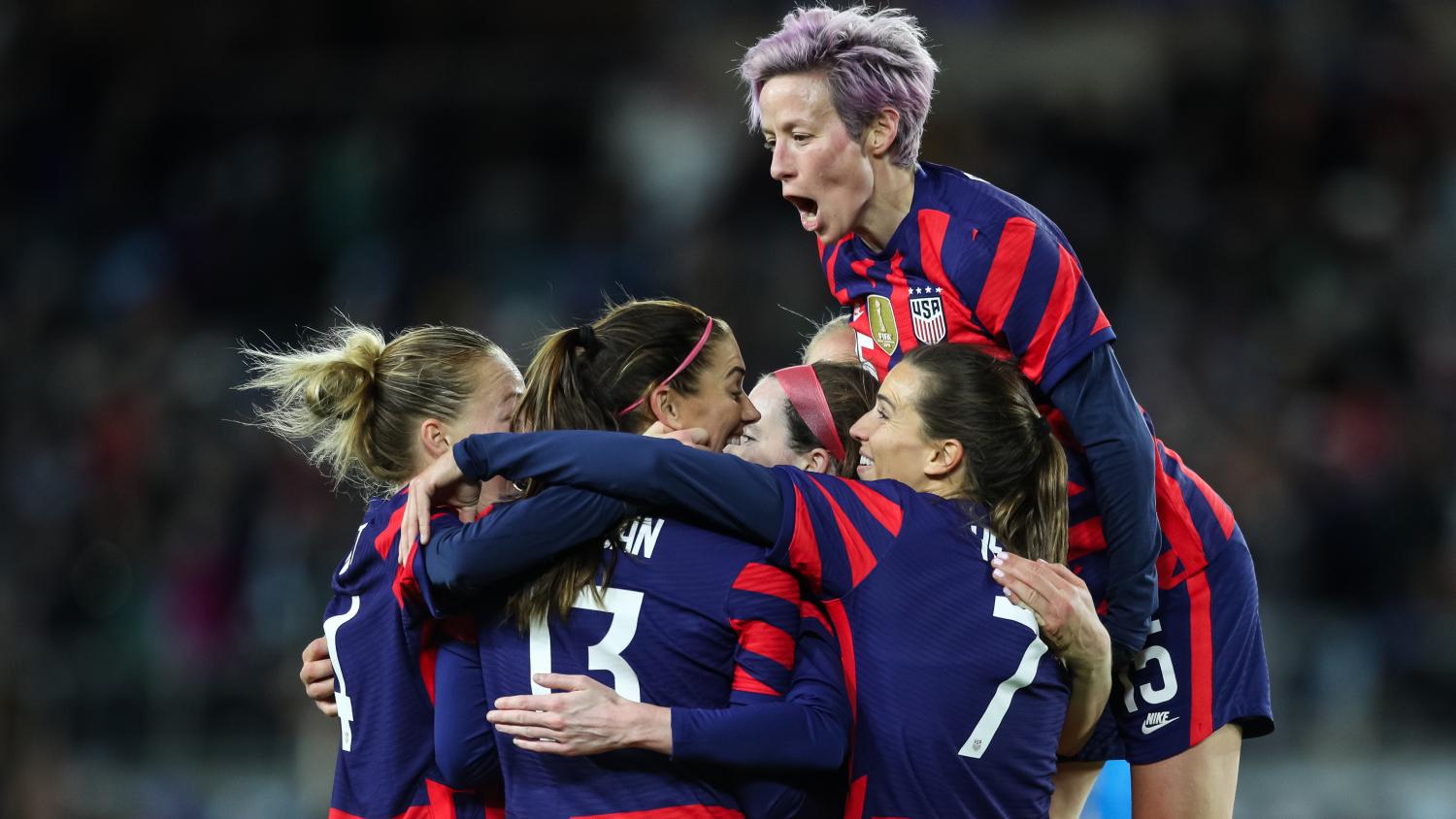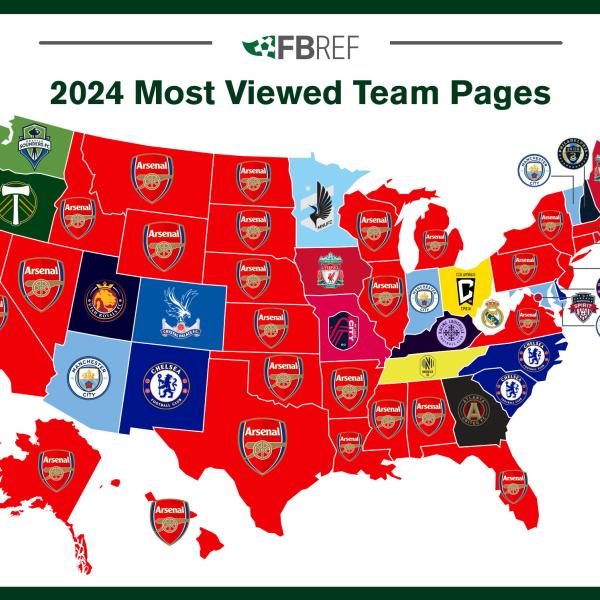As if the recent NWSL trading spree hasn’t been enough to keep track of — Krashlyn off to New York, Julie Ertz to LA and now Alex Morgan going to San Diego — two major financial news stories dropped for the U.S. women’s national team on Monday. First, the U.S. Soccer Federation announced it will no longer pay the NWSL salaries for USWNT players. Second, the USWNT filed its final brief in appealing an equal pay ruling from last year.
Let’s start with the USWNT’s NWSL salaries.
For the first nine years of the league’s existence, the U.S. Soccer Federation paid for the NWSL salaries of the 24 primary USWNT players (the Canadian Soccer Association and Mexican Football Federation did the same for up to 16 players). As the USWNTPA works toward a new CBA with U.S. Soccer (and the NWSLPA works toward an inaugural CBA with the NWSL), the USSF announced Monday it will no longer pay the salaries of its NWSL players.
#USWNT players have always been with us, but today, we officially welcome previously allocated players as members of NWSLPA as we continue to work w/ the @USWNTPlayers in our collective fight for #equalpay, #fairpay, & player safety in the NWSL & worldwide.
One Team. One Union. https://t.co/isvvVHthOu— NWSLPA (@nwsl_players) December 13, 2021
The Memorandum of Understanding between the USWNTPA and the USSF ending the allocation system also extended the no-strike/no-lockout agreement under the old CBA until at least March 31. Basically, the two sides agreed to continue to keep talking, and indeed both parties were in conversation on Monday, according to U.S. Soccer.
The USSF made identical CBA proposals to the men’s and women’s national teams in September, but neither the USWNT nor USMNT has agreed to the offers. At the time, the USWNT called the offer a publicity stunt, so it’s clear there’s still a lot of work to do, but it’s positive the sides appear to be working toward an end goal.
Initially, less money allocated to USWNT players sounds like bad news. However, U.S. Soccer no longer subsidizing NWSL salaries had to happen eventually for the league to become sustainable in the long run. This is all part of the growth process for the NWSL; until 2020, the league was managed by the USSF. Change can be good — if the NWSL finds and retains the right leadership. (Which, as we have seen, has been easier said than done.)
U.S. Soccer Statement on NWSL Allocationhttps://t.co/aMnrtxsJM2
— U.S. Soccer (@ussoccer) December 13, 2021
In theory, this change will allow NWSL clubs to pay USWNT players even more money to keep up with European clubs that often can pay higher salaries. Ideally, this could be a great thing for clubs trying to attract name players; who knows, maybe even the Houston Dash will be able to sign some USWNT stars for once (I’m not holding my breath). Plus, USWNT players will have more freedom to choose the league they play in instead feeling like they are pigeonholed into playing in the NWSL, as some players have complained about in the past.
Additionally, it’s unlikely the U.S. Soccer Federation completely stops aiding to the NWSL. U.S. Soccer has to know it can’t afford to allow another women’s league to fail, and I’d be shocked if the federation didn’t find some way to help fund the NWSL, even if it’s just a straight cash injection.
We’ll find out more about what the USWNT NWSL salaries change means once CBAs are worked out for the USWNT and NWSL. Until then, the U.S. women are still fighting for equal pay from the federation.
You may remember back in May of 2020 a Republican-appointed judge threw out the USWNT’s equal pay argument. Judge R. Gary Klausner of the United States District Court for the Central District of California ruled the women couldn’t sue over equal pay because the women made more money, completely ignoring the fact the women had to put in more work, play and win more games and become World Cup champions to make a little more than the men.
Now the USWNT has filed its final brief in appealing the ruling, which will be heard by the Ninth Circuit Court of Appeals.
“The district court held that the women have no claim because they received more total compensation than the men. That is flatly wrong,” the plaintiffs said in Monday’s closing brief. “Total compensation is not the standard under the Equal Pay Act or Title VII. The Equal Pay Act says to compare rates of pay, not total compensation.”
It was surprising to see the women’s equal pay arguments thrown out so unceremoniously last year by saying the women were paid fairly despite having to do much more work. While the issue is more complicated than this, it would be like saying it’s fair to pay a woman $100 for working an entire day while paying a man $95 for working half a day with a long lunch break at a steakhouse paid for by the employer.
The USWNT’s appeal brief was opened five months ago and now goes to the Ninth Circuit Court of Appeals. U.S. Soccer did not comment on the appeal.
There’s a lot going on in the world of women’s soccer in the U.S., with USWNT stars traversing the country in major trades, NWSL salaries no longer being subsidized by the USSF and the USWNT filing an appeal to its equal pay ruling. We’ll find out more where it all lands in the coming months, with the current MOU expiring in March and the 2022 NWSL season set to begin in April.
Information from Reuters was used in this report.







